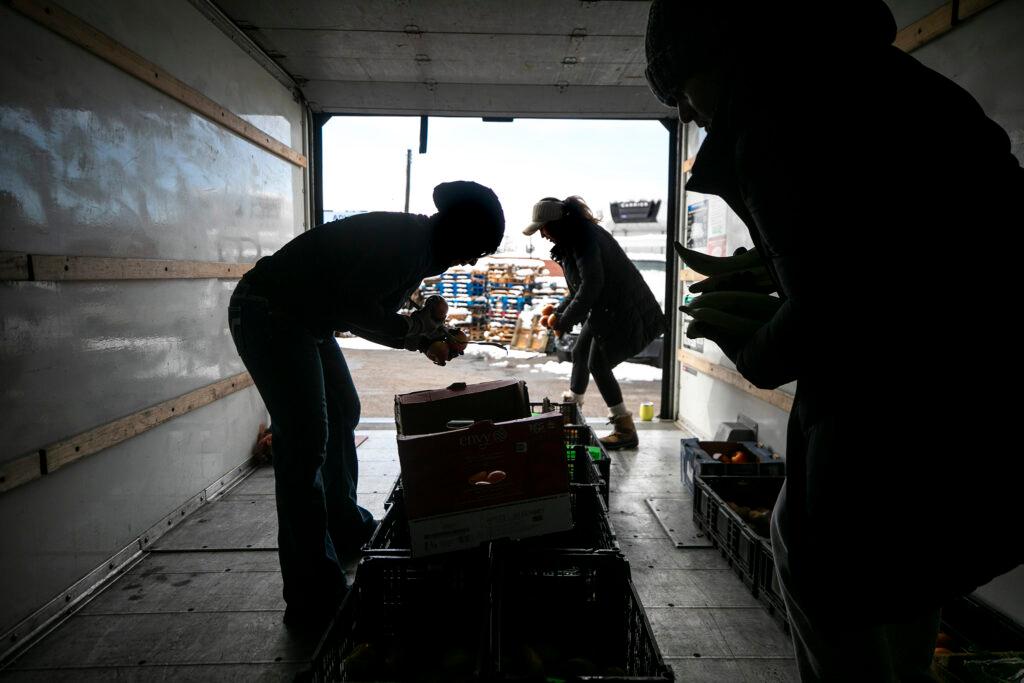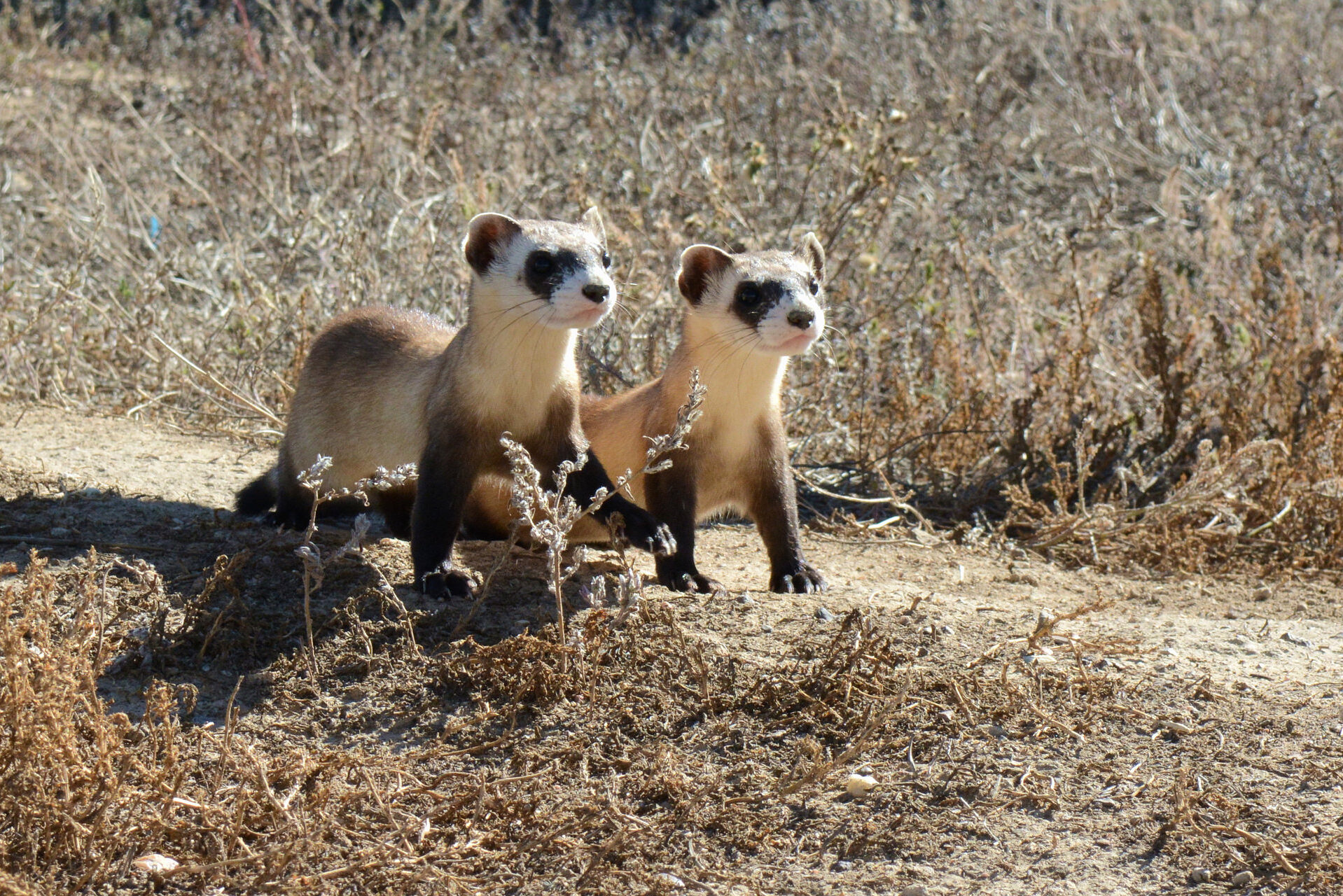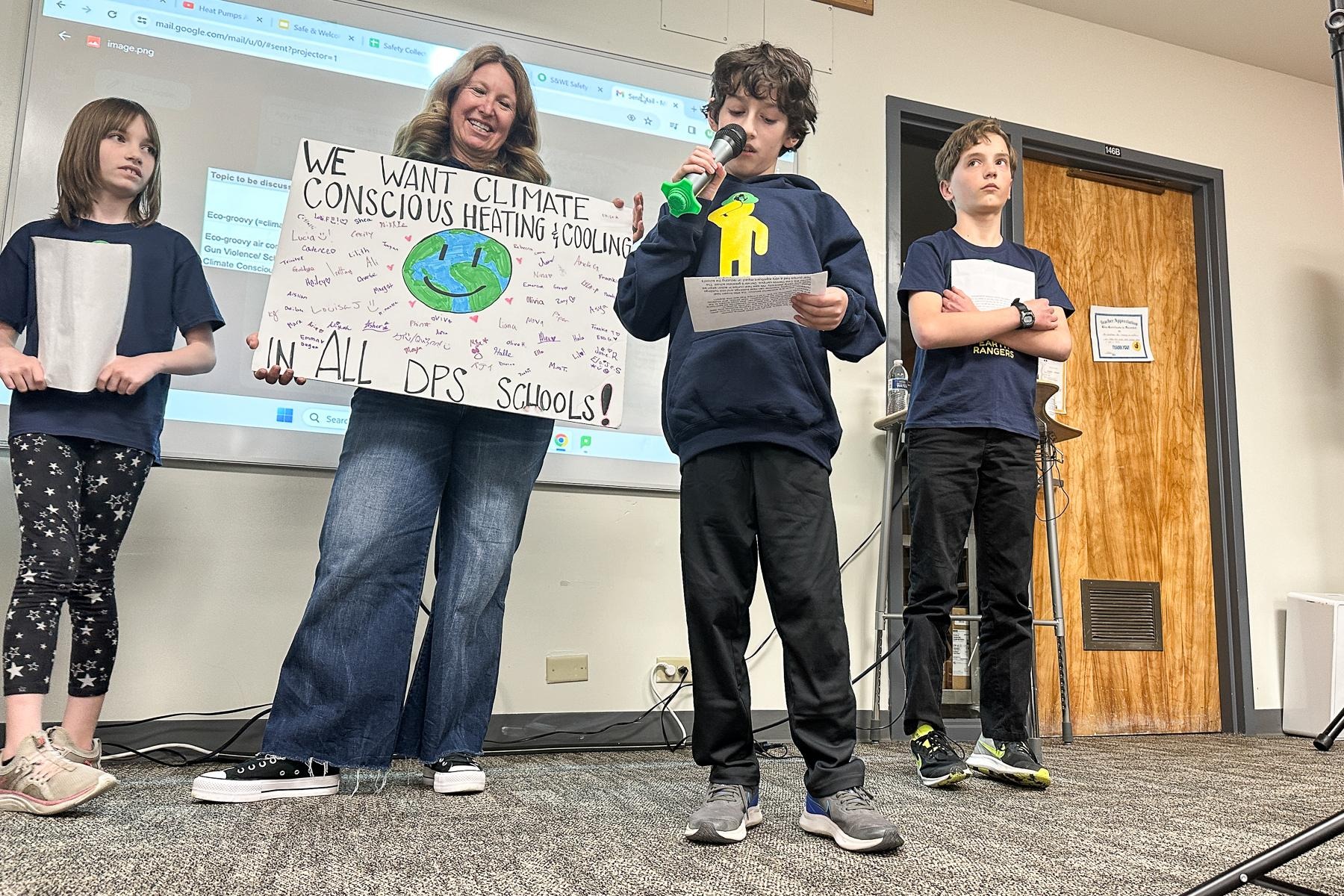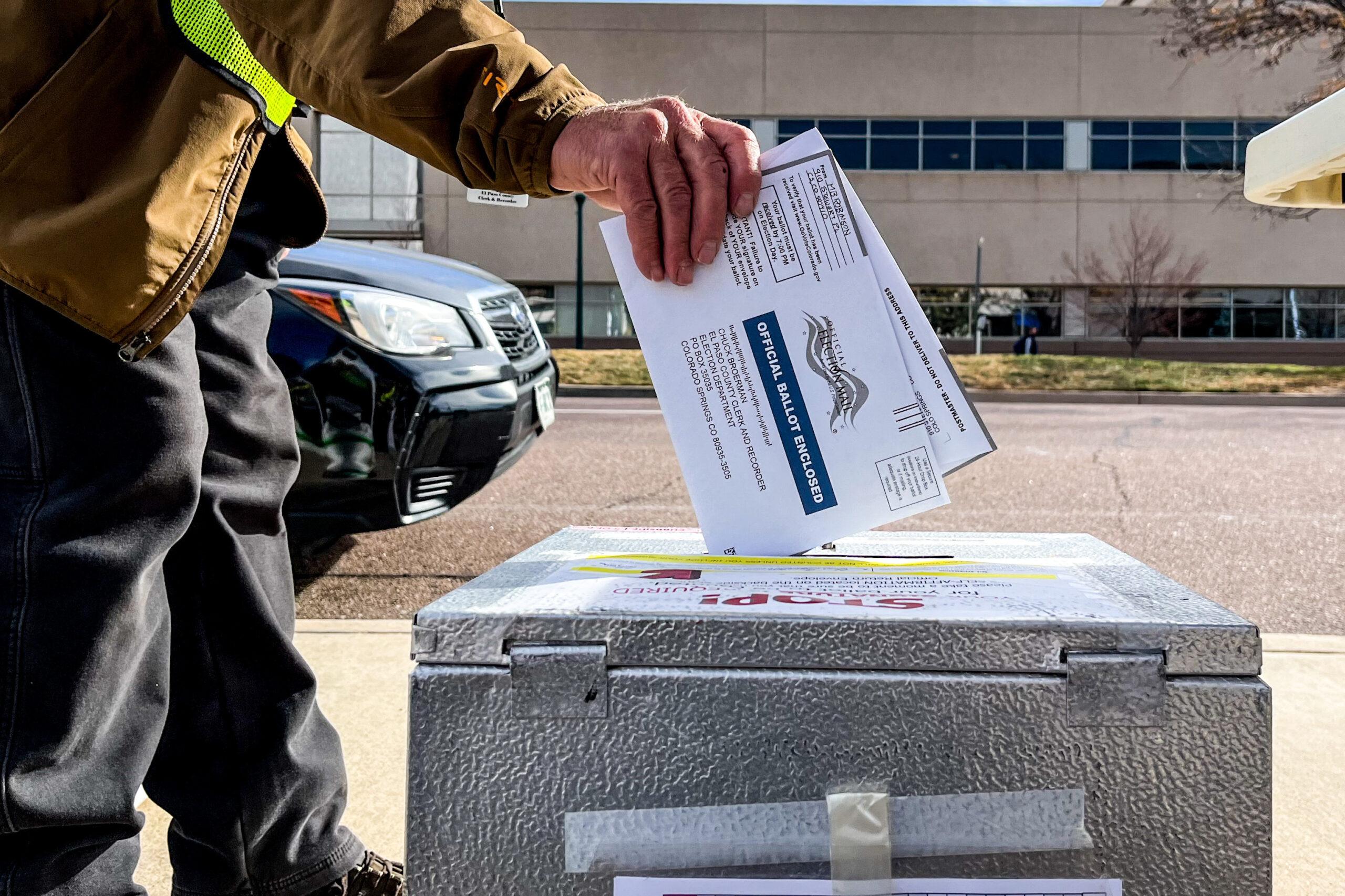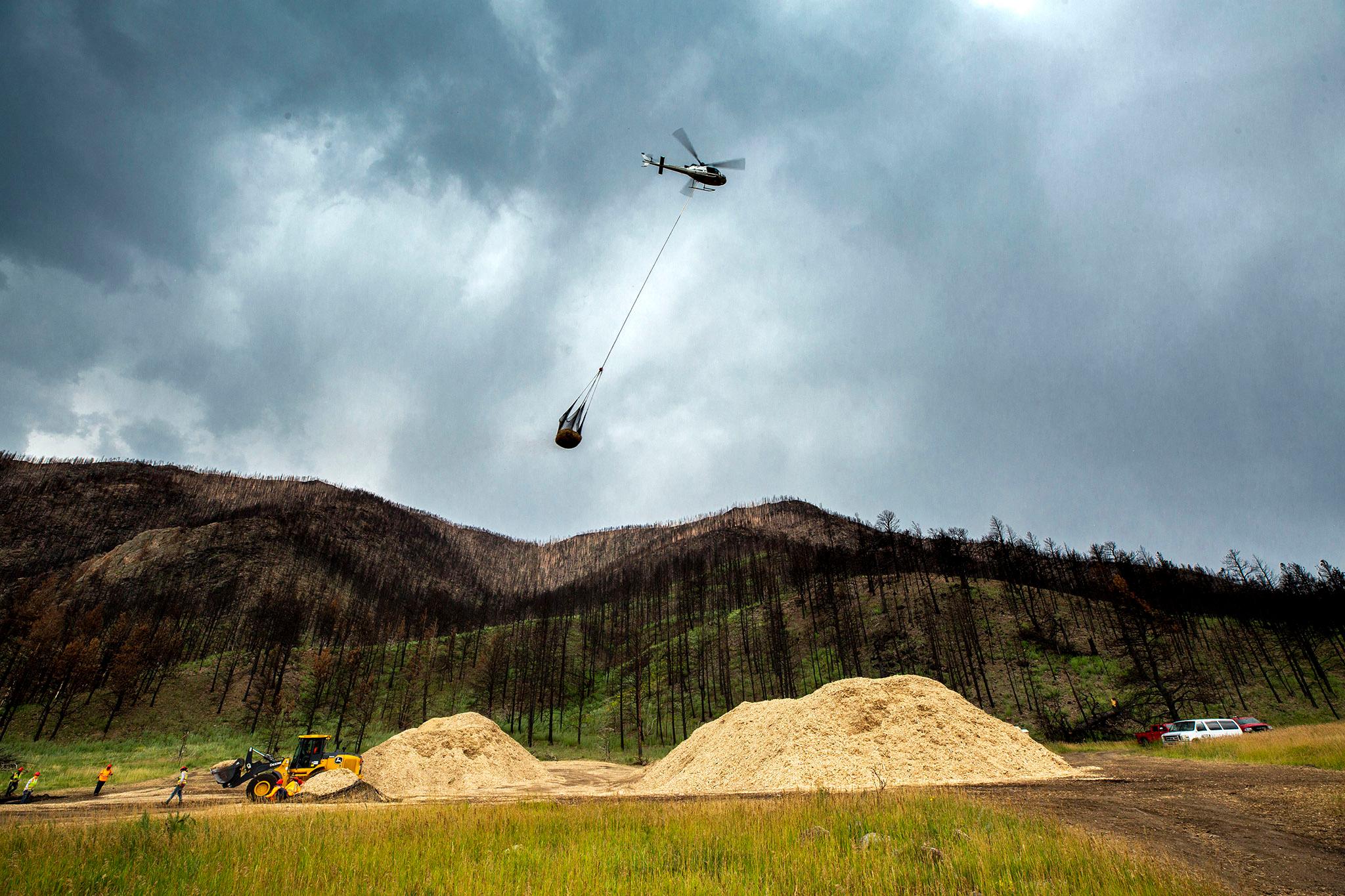
An aerial landscaping team has taken flight in the mountains west of Fort Collins, Colo.
Its landing site sits in a broad field at the base of Poudre Canyon. Every few minutes, a helicopter arrives to lift a net loaded with about 1,300 pounds of shredded wood. The payload arcs from a cable as the aircraft banks toward a line of fire-charred mountains, waiting to spread the mulch over a section of scorched forest.
The daily airshow is meant to protect water supplies. Last year, the Cameron Peak Fire — the largest in state history — burned through the Cache la Poudre River watershed, leaving many slopes vulnerable to destructive erosion during rain events.
“Our fear is the debris and ash will come into the reservoir and make the water undrinkable,” said Randy Gustafson, a water resource administrator overseeing the project for the City of Greeley. “What we’re trying to accomplish here is to stabilize these slopes.”
Forests have long served as a reliable piece of natural infrastructure across the American West. Experts now warn they’re increasingly vulnerable as climate change drives more frequent and intense wildfires. Without any vegetation, the scorched landscapes left in wildfire burn scars lack the treetops to slow rain or roots to hold back hillsides.
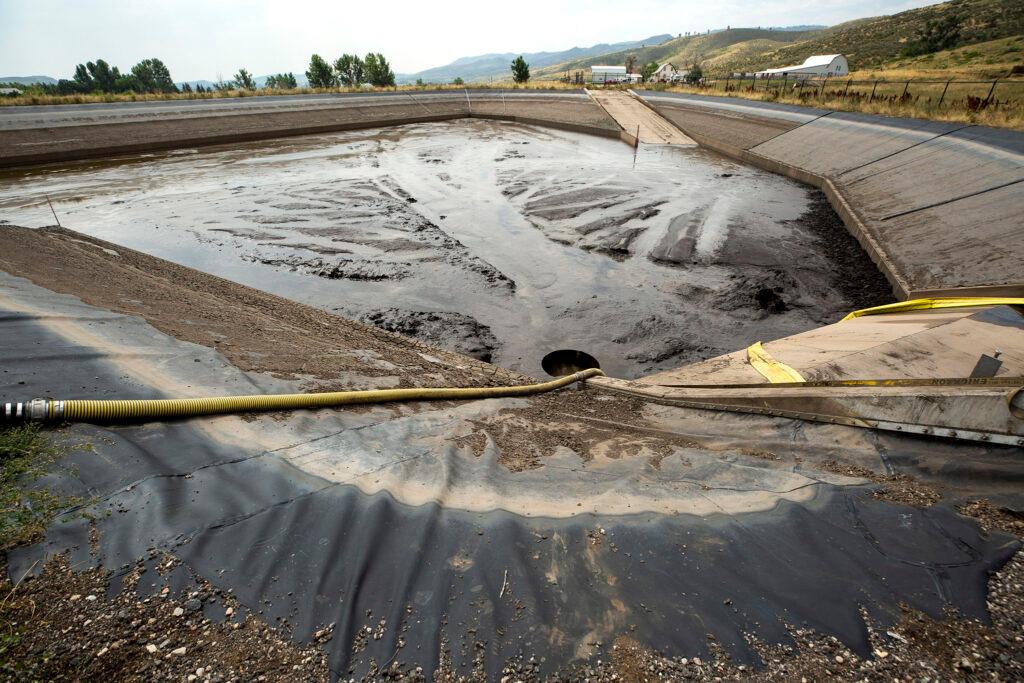
The mulching project is an attempt to help the forest recover as quickly as possible. Sean Chambers, the Sewer and Water Director for the City of Greeley, said it stands as an example of what’s likely required by climate change: rapid, collaborative work to preserve natural resources many take for granted.
“The forest is more prone to burn every summer,” Chambers said. “In our future, that’s going to be part of our business model.”
High-Flying Costs
Those long-term consequences of wildfire are already proving deadly in Poudre Canyon.
Last July, heavy rain triggered a mudslide near Black Hollow Road, about 50 miles west of Fort Collins along State Highway 14. Authorities have confirmed the flood killed three people. Another person is still missing.
The event also loaded the river with sediment, forcing Fort Collins and Greeley to shut off their intakes along the waterway. Both communities are now relying on a backup supply of water in Horsetooth Reservoir. It’s unclear when the river might again carry treatable water, but utility managers don’t expect the problem will have any immediate effect on customers.
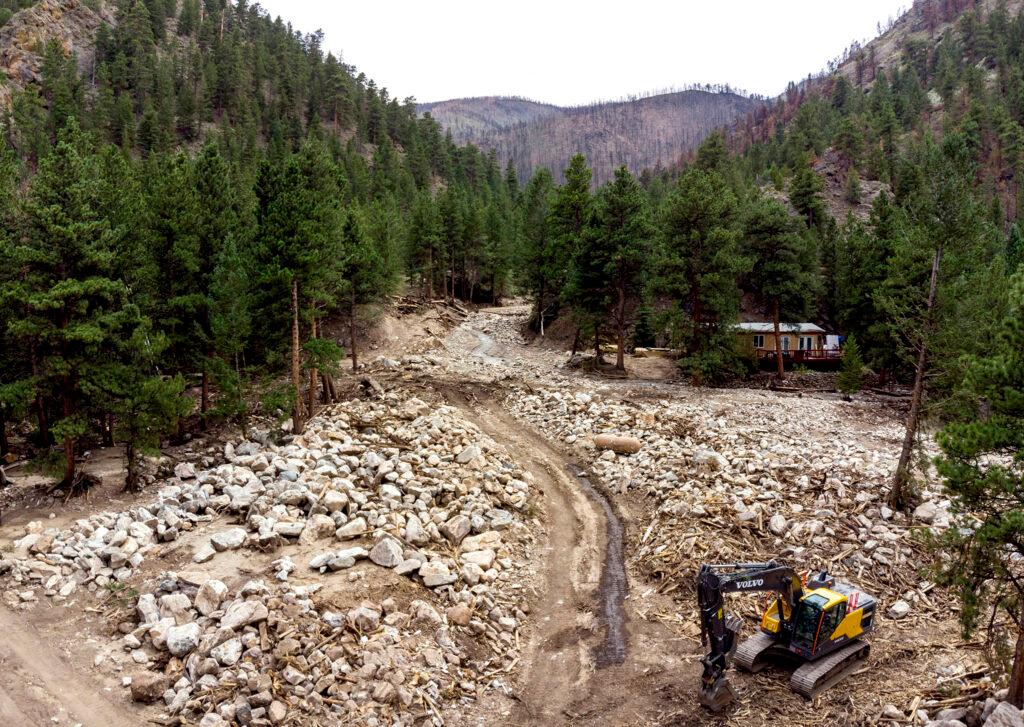
Chambers said the disaster showed the urgency of the aerial mulching project, which has required a coordinated effort to win government approval and gather funding. With the helicopter team costing between $2,500 and $3,000 an acre, it’s unclear if the project can be completed.
After the Cameron Peak Fire, Greeley worked with the City of Fort Collins, Larimer County and Coalition for the Poudre River Watershed to map where mulch could best protect water resources. It identified thousands of acres across the Arapaho-Roosevelt National Forest, but some fell inside wilderness areas. Since federal law bans mechanized landscaping in those places, the U.S. Forest Service only permitted work on less protected public land.
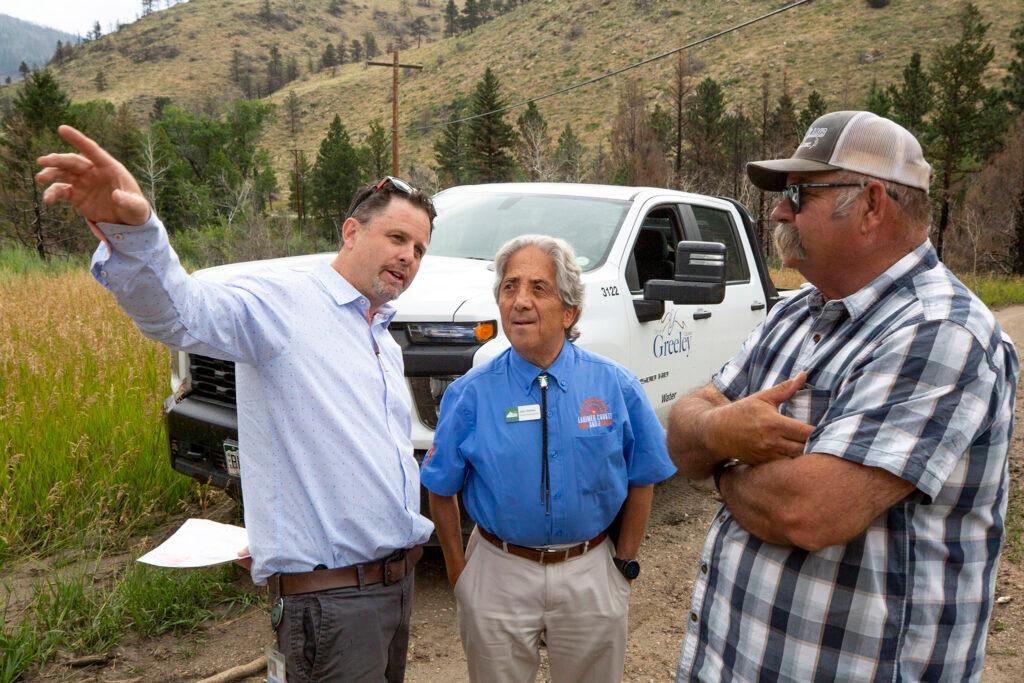
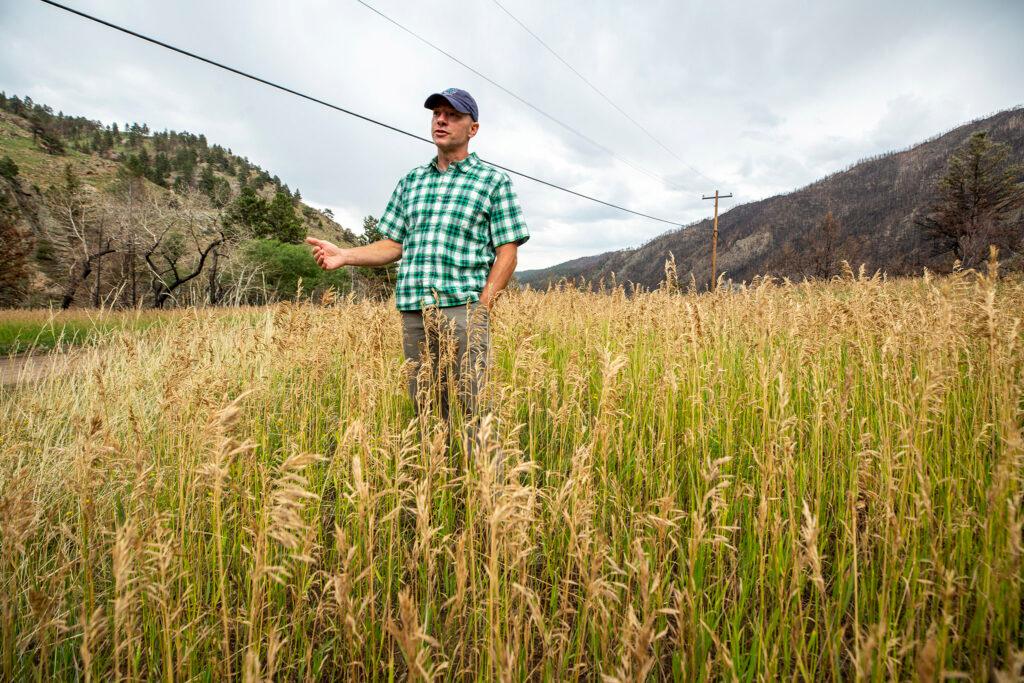
Daniel Bowker, the forest and fire project manager for the Coalition for the Poudre River Watershed, said the experience has him reconsidering the idea of wilderness. While he supports saving some areas of human development, he wonders if it might be necessary to make exceptions in an era of rapid climate change.
“We have to take an active role in the management of these landscapes. Just standing back and doing nothing is a management technique. It’s just not the one we need,” Bowker said.
The group outlined a $31 million project for aerial mulching across about 11,000 high-priority acres. So far, it’s cobbled together funding from local, state and federal resources to pay for about half of the project. It’s now hoping to finalize an additional $5.5 million grant from the U.S. Department of Agriculture’s Emergency Watershed Protection Program. However, the federal funding would still leave a $7 million shortfall, according to Chambers.
And if it doesn’t come through, he expects the helicopters will be forced to stop flying on Aug. 24.
A Proven Balm For Burn Scars
While the financing remains uncertain, Chambers is far more confident the mulching process will work.
That’s because his department tried the technique after the 2012 High Park Fire. The blaze burnt up almost 90,000 acres in the Cache la Poudre River watershed. A coalition of government agencies responded with an aerial mulching program, trying out various materials, including agricultural straw, wood straw and shredded wood.
A 2017 review published by the U.S. Forest Service’s Rocky Mountain Research Station found mixed outcomes from the aerial mulching work. One study measured more sediment in the water below a fully treated watershed compared to a partially treated watershed. Still, the researchers cautioned that could be because foresters mulched more severely burned areas.
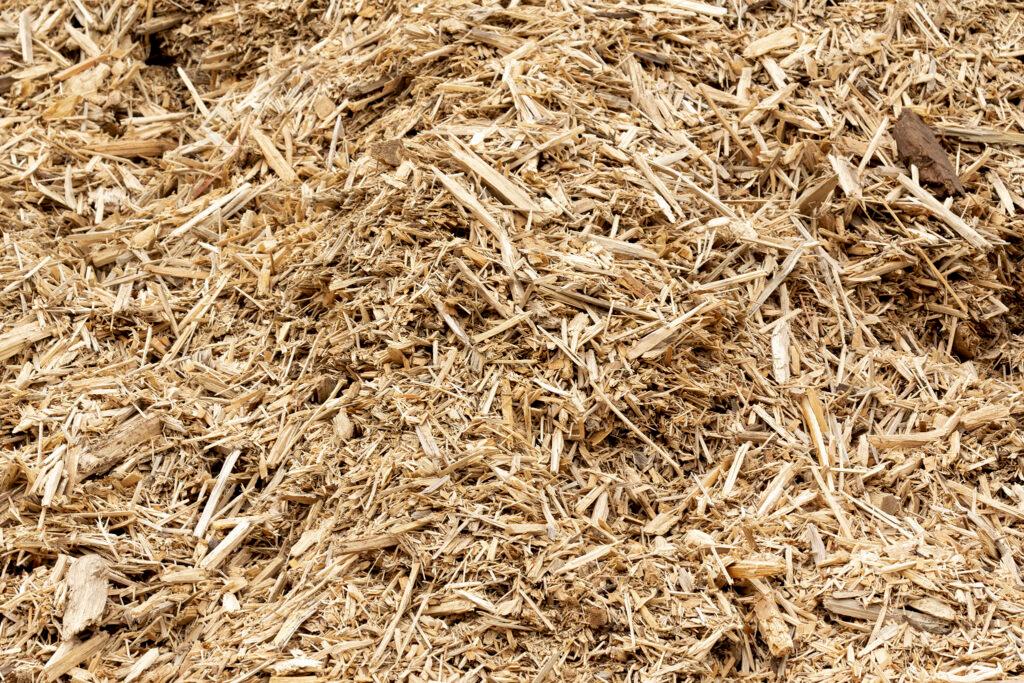
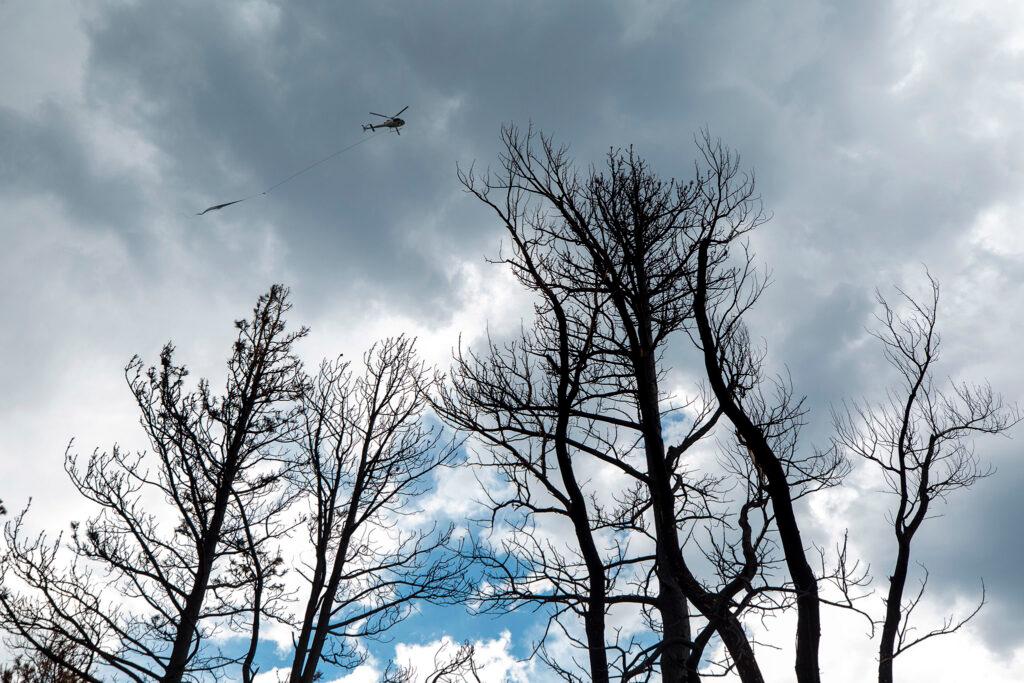
On the other hand, researchers showed the treatment slowed erosion. One study found fences on mulched hillsides gathered far less sediment than untreated slopes, especially in the first few years after a fire. The difference disappeared as vegetation recovered across the landscape.
If hillsides stay put, Chambers said the benefits would be profound. Intake pipes won’t clog with ash and dirt. Reservoirs won’t require expensive excavation projects. People might even face less risk from flash floods during the next major rainstorm. All amount to reasons he is scrambling to keep the helicopters flying into the fall.
“It might seem crazy, but the risk to life, property and water supply is just too important not to protect our natural resources. And this is the best science-based strategy to do that,” he said.

